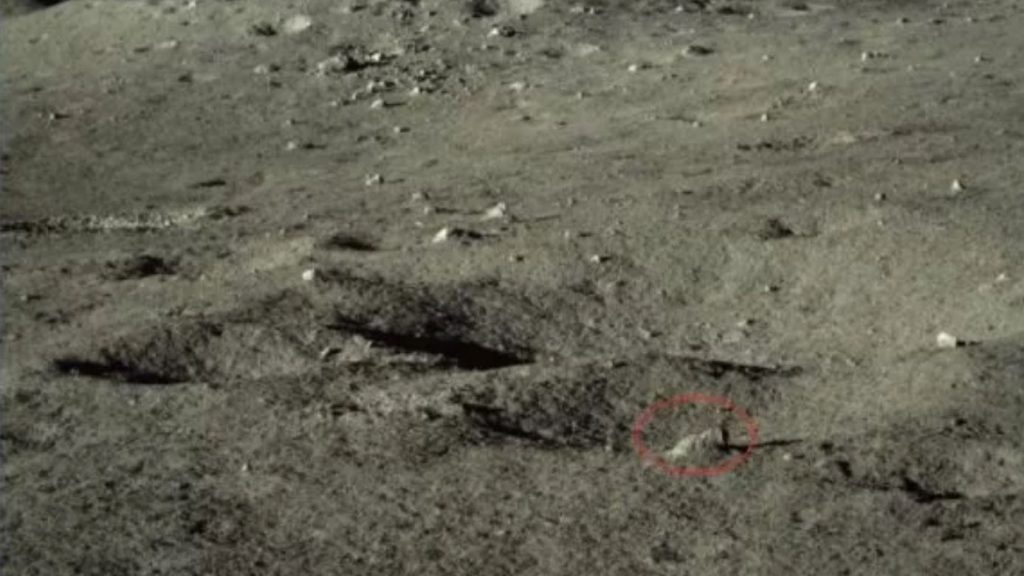
Reason 2: Demonstrating China’s Space CapacityĬhina under President Xi Jinping aspires to demonstrate the superiority of its civilization based on self-reliance and indigenous innovation, especially in high technology sectors like space.
#CHINA MOON ATLAS FULL#
Subsequent missions to follow the Chang’e 5 are the Chang’e 6 lunar south pole sample return mission, the Chang’e 7 lunar south pole survey mission, and the Chang’e 8 technology test mission to establish a lunar research base by 2036.Įnjoying this article? Click here to subscribe for full access. Mining the resources on the moon was one of the primary motivations in 2002 when China’s lunar mission was at its early stages of conceptualization and conducting feasibility studies that logic stands unchanged 18 years later, as it advances in its lunar mission capabilities. The focus on the moon for its resources – like water ice, helium-3, and titanium – is a long-term ambition, especially highlighted by comments made at a time when China was yet to launch its first manned mission to Low Earth Orbit (in 2003) and before it was confirmed that there is water ice on the lunar poles by a NASA Minerology Mapper launched on India’s Chandrayaan 1 mission in 2008. Get briefed on the story of the week, and developing stories to watch across the Asia-Pacific. In an interview to PLA Daily in 2002, Ouyang specified that “China’s long-term aim and task is to set up a base on the moon to tap and make use of its rich resources…” He further stated in 2003 that “the moon could serve as a new and tremendous supplier of energy and resources for human beings… whoever first conquers the moon will benefit first… we are also looking further out into the solar system – to Mars.” In 2003, the then-director of the CNSA, Luan Enjie, hinted that “the prospect for the development and utilization of the lunar potential mineral and energy resources provide resource reserves for the sustainable development of human society.” Diplomat Brief Weekly Newsletter N It was persistent advocacy from lead space scientist Ouyang Ziyuan that led to the establishment of the China Lunar Exploration Program (CLEP) and the resultant Chang’e 1 mission in 2007. Reason 1: The Moon Is a Tremendous Supplier of Energy Based on this, there are three reasons why China is going to the moon. For China, the Moon is a pit stop or a base to enable it to become a truly space faring nation, reflecting civilizational vibrancy, ideological superiority, and technical prowess.

Space power consists of an ability to demonstrate space presence, independently launch to orbit and beyond, project and maintain military space power, and enable access to key zones in space to include the moon and the Lagrange points.


As per the China National Space Administration (CNSA), the ascender then transferred the samples to the returner, for which China utilized an autonomous grabbing machine.ĭeveloping lunar access and presence capacity is vital to China’s conception of space power, which I define as the ability to persuade or coerce countries to behave in a manner in space that is beneficial to the country wielding space power. This included collecting the samples of lunar regolith, not only on the lunar surface but from six feet under gathering the samples and sealing it in automated operations and finally ascending from the lunar surface and docking with the orbiter waiting 200 km above. The Chang’e 5 followed upon the Chang’e 4 far side landing in January 2019 and has successfully accomplished some of China’s most technologically difficult feats yet.

The Chang’e 5 returner, carrying about 2 kilograms of lunar rocks and soil, has successfully landed in Siziwang Banner in the Inner Mongolia Autonomous Region on December 17 local time.


 0 kommentar(er)
0 kommentar(er)
